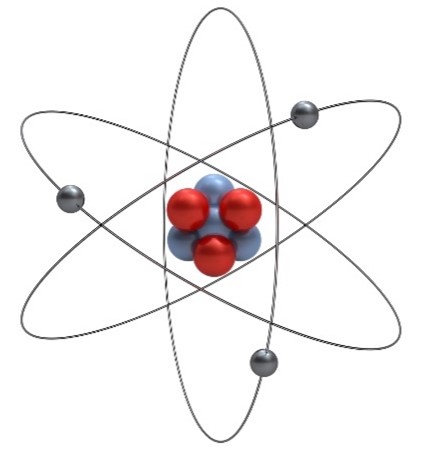Numbers are everywhere in chemistry. You can’t balance equations, determine limiting reactants, or calculate percent yields without them. So, let’s dive into some of the significant figures in chemistry!
3

That’s the number of different types of particles—protons, neutrons, and electrons—that make up atoms, the basic unit of all matter. Protons are positively charged, neutrons are neutral, and electrons are negatively charged. The number of protons in an atom determines what element it is, and atoms usually have an equal number of protons and electrons. Atoms can have different numbers of neutrons, though, and atoms with the same number of protons and different numbers of neutrons are called isotopes. Protons and neutrons make up the core—or nucleus—of an atom, and electrons orbit around them.
4.9 Million
That’s how many miles per hour the electron in one hydrogen atom in a molecule of water is moving. At that rate, the electron could make it from New York City to Los Angeles in about 2 seconds!
Continue reading “Chemistry by the Numbers”
















